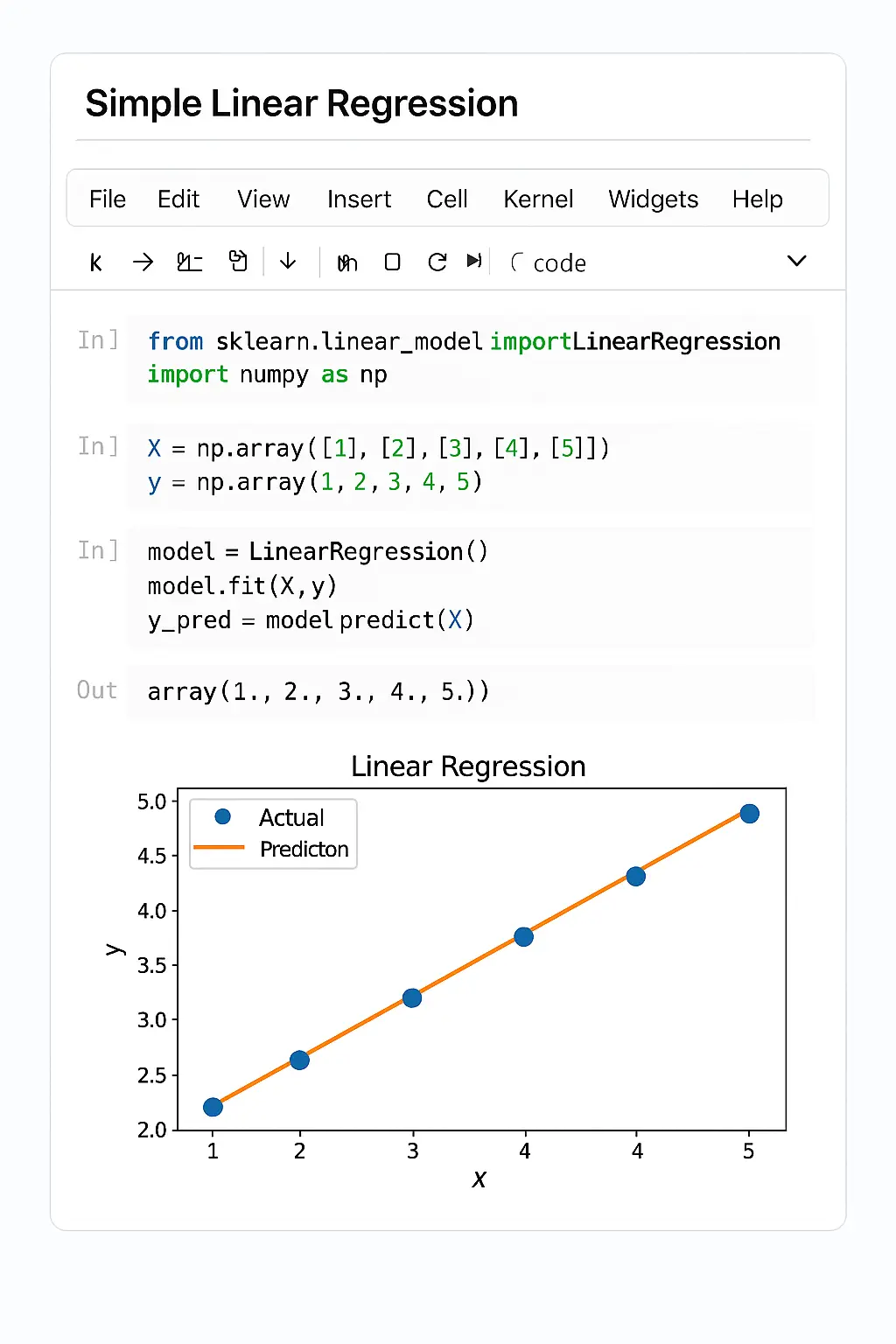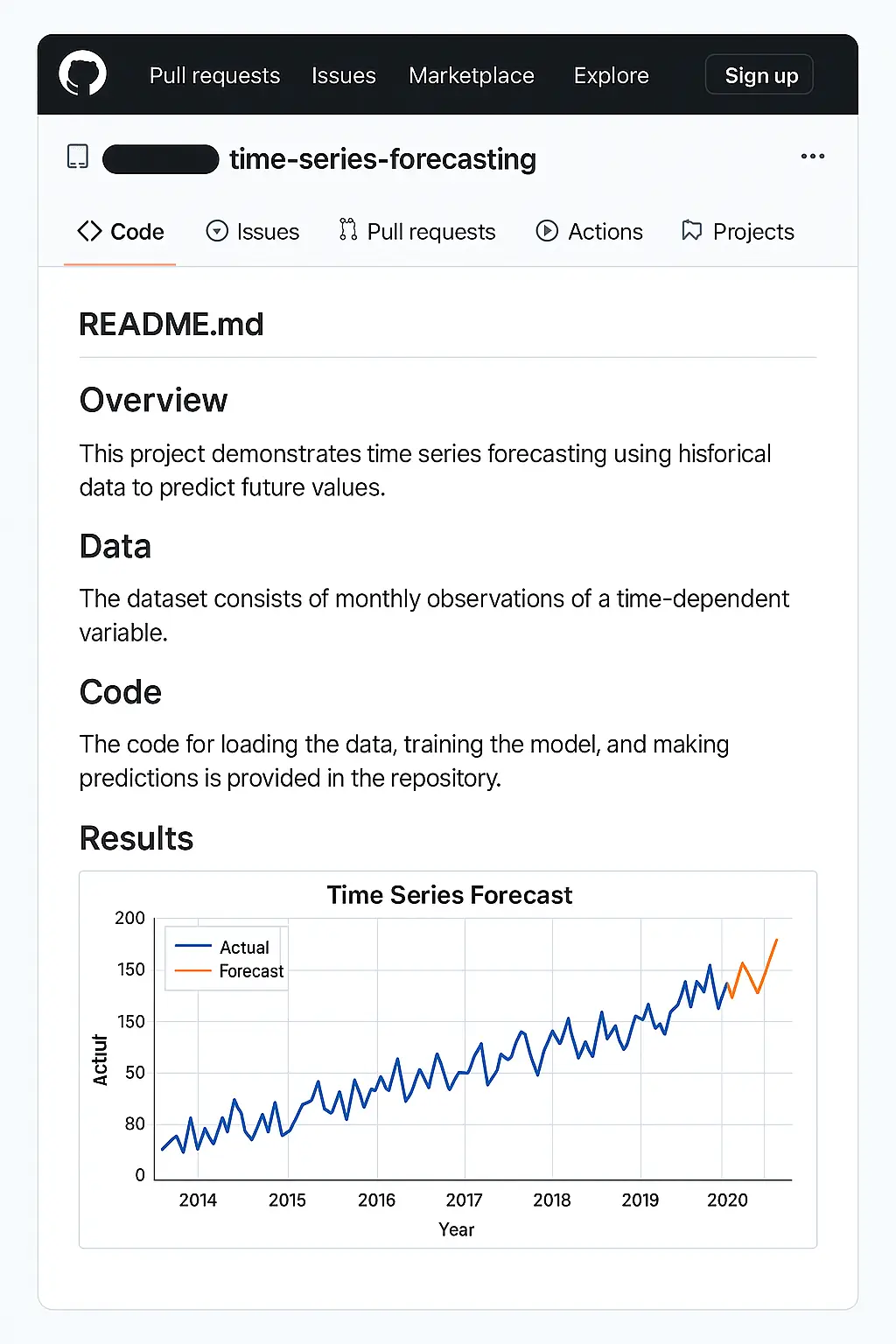Entering the field of machine learning without a computer science degree might seem daunting. Especially if you have a background in marketing, biology, or education. But you can totally get into ML, even if your degree is in something like business or the humanities. There are a lot of self-taught ML engineers. They come from different fields—such as psychology, graphic design, and more.
In this post, I’m going to lay out a practical, step-by-step guide to help you master the essential concepts and tools of machine learning. We’re going to debunk some myths, showcase real success stories, and arm you with a solid 6 to 12-month learning plan. By the time you’re done, you’ll realize that your unique background isn’t a setback; it’s actually a strength in the world of AI and data science.
Why Machine Learning is Accessible to Everyone
Machine learning is shaking things up in 2025. It’s making an impact in areas like healthcare, marketing, and finance. And you don’t have to have a computer science degree to get involved. A lot of folks think you need to be a coding whiz or a math genius, but that’s just not the case. There are plenty of straightforward resources out there to help you get started. For example, Egor Howell. He’s a physicist who didn’t have a CS degree, but still managed to become a machine learning engineer. He taught himself and sent out over 300 job applications! His journey highlights that hard work can lead to great things. Machine learning has something to offer in various industries, and having a mix of viewpoints can lead to innovative solutions. As one of Self-Taught ML Engineer said;
I started with no CS background, but persistence and the right resources led me to my dream job.
For more such inspirational quotes visit our science quotes page.
The World’s Demand and Opportunities for Non-CS Backgrounds
Machine learning jobs are on the rise these days. Many companies such as Upstart are looking for talent from all sorts of educational backgrounds—not just someone with a computer science degree. A lot of these positions don’t demand extensive coding skills. Seriously! If you’ve got a good understanding of data and can use ML tools to fix real-world issues, you are already ahead of the game.
So, what kinds of roles can you shoot for? Let’s dive into that!
Building Your Foundational Skills
If you are getting into the world of machine learning, a solid command of math and programming is very helpful. But don’t stress about being a pro right off the bat! Just knowing a few basic things can make a difference. It will help you fix your head around those ML algorithms and interpret the results a lot better. So, take it step by step, and you’ll get there!
1. Focus on Practical Math: Linear Algebra, Probability, and Statistics

When it comes to machine learning, linear algebra, probability, and statistics are the foundations. But you don’t need to dive deep into the theory to get started. Linear algebra is very helpful for representing data with vectors and matrices, which is important for algorithms like neural networks. Consider image recognition as an example. They are basically matrices made up of pixel values that we process using matrix operations.
Then there’s probability. It’s what helps models make predictions, like figuring out whether an email is spam or not. And let’s not forget statistics! It’s key for analyzing data, using things like the mean and standard deviation to summarize datasets or assess how well our models are doing.
If you are looking for resources, check out 3Blue1Brown. They have some fantastic visual explanations that really help build your understanding. The infographics they offer on linear regression or probability distributions can be a game-changer. Ultimately, just focus on the practical applications; it makes these concepts even less intimidating as you embark on your ML journey!
2. Start Journey with Python
Python is the most popular language for machine learning. It is user-friendly and comes with powerful libraries like NumPy, Pandas, Scikit-learn, and TensorFlow. You don’t have to do some web development to get started. Just get the basic knowledge of variables, loops, functions, and data structures like lists and dictionaries.
If you’re wondering where to kick things off, check out resources like Coursera’s “Python for Everybody.” You can also read the book “Python Crash Course” by Eric Matthes. Those are solid starting points. You can also check YouTube channels like sentdex that offer great tutorials specifically for machine learning in Python.
These resources simplify the learning process for beginners, making it easier to handle data and build models.
Step-by-Step Roadmap to Learning ML: A 6–12-Month Plan
Diving into machine learning without having a computer science degree is totally doable now! If you take it step by step, you can really make it happen. So, let’s lay out a roadmap that you can follow over the next 6 to 12 months.
Phase 1: Start with Basics (Months 1–3)
Start with the basics: learn basic Python and simple machine learning tools.
Focus on:
- Python programming (use tools like Google Colab or Jupyter Notebook)
- Data handling using Pandas and NumPy
- First ML models with Scikit-learn (like predicting house prices or classifying flowers)
You will also learn important skills like data cleaning and exploration.
Phase 2: Intermediate Skills and Building Your Portfolio (Months 4–8)
Once you are comfortable with the basics, start learning bit advanced tools.
Topics to cover:
- Neural networks and basic deep learning
- Natural Language Processing (NLP) (used in chatbots, translations, sentiment analysis)
- More complex ML models (like decision trees or clustering)
Start real projects and upload your work to Kaggle or GitHub. Show what you’ve learned with examples like:
- A model that classifies text reviews
- A system that recommends products or books
- An app that recognizes objects in images
Phase 3: Advanced Topics and Specialization (Months 9–12+)
Now you’re ready to go deeper and specialize in an area that interests you.
You can explore:
- Computer Vision (image or video analysis)
- Time-Series Forecasting (used in finance and weather prediction)
- Reinforcement Learning (used in robotics or game AI)
This is also a great time to try open-source projects, contribute to community forums, or build a capstone project that shows off everything you’ve learned.
Essential Tools and Resources
For machine learning, there are some key tools you should know about. TensorFlow and PyTorch are your first choices for deep learning. Then there are Pandas, which is very valuable for data manipulation, and Scikit-learn, which helps with all those algorithms you’ll be working with.
If you are looking to get started without spending much money then Google Colab is a fantastic choice. It is cloud-based and totally free for coding. And Kaggle is also a great platform for finding datasets and even entering competitions if you’re feeling competitive!
And GitHub is so essential for hosting your projects. You will want to set up a profile there to showcase your work. Furthermore, Anaconda can make managing your Python environment a lot easier.
So, start by running some scripts in Colab, play around with the datasets on Kaggle, and get that GitHub profile up and running. These tools are perfect for anyone eager to learn on their own.
Leveraging Free and Affordable Learning Platforms
You can build strong ML skills without spending a lot of money. Many platforms offer free or low-cost courses that cover everything from beginner Python to advanced deep learning.
Here are a few good options:
| Platform | Best For | Cost |
|---|---|---|
| Coursera | Guided ML courses from top universities | Free to audit, paid for certificate |
| edX | University-level theory + projects | Free to audit, paid for certificate |
| DataCamp | Hands-on coding challenges | Monthly subscription |
| YouTube | Free tutorials (e.g., sentdex, Codebasics) | Free |
| OpenCourseWare (MIT, Harvard) | Deep theory, no sign-up required | Free |
Showcase Your ML Skills and Landing a Job
If you’re aiming for a job in machine learning, one of the best things you can do is create a portfolio on GitHub. Make sure your projects are well-documented. Jumping into open-source ML projects is another great way to show you can work with a team.
Now, when you’re applying for jobs, don’t just send out a generic resume. Work on it! Highlight your projects and any certifications you have. It’s really important to showcase what makes you unique.
During interviews, be ready to talk about how you solved problems in your projects. Your background outside of computer science. And don’t forget to check out the sample portfolio layout and resume checklist below. They’ll definitely help you get prepared.

Creating a Standout Portfolio
Create 3–5 projects to showcase your diverse ML skills:
- Image Classifier: Build a CNN to classify cats vs. dogs.
- Time-Series Forecasting: Predict stock prices using LSTM.
- Recommendation System: Develop a movie recommender.
- Sentiment Analysis: Classify text using NLP.
- Business Predictive Model: Predict customer churn.
Host projects on GitHub with a README detailing the project, requirements, code, results, and insights. Well-written code and clear visualizations improve readability. The screenshot below shows a well-documented GitHub project page, guiding your presentation.
Navigating the ML Job Market
Non-CS learners can target roles like:
- Data Scientist: Analyzes data, builds models.
- ML Engineer: Deploys models.
- ML Consultant: Advises on ML solutions.
- Data Analyst with ML: Enhances analysis with ML.
- ML Product Manager: Manages ML products.
Focus on problem-solving skills and project experience over theoretical computer science knowledge when conducting interviews. Practice coding on LeetCode or HackerRank, focusing on ML-relevant data structures like arrays and trees.
Conclusion
So, you don’t need a computer science degree to dive into machine learning. It’s all about growing your math and programming skills. If you set aside about 6 to 12 months, you can follow a solid plan to get you there. There are a lot of free resources that can help you get started.
Don’t forget to build a portfolio. That is very important! Moreover, networking can open up so many doors for you. Your own background? It’s actually a huge asset! It gives you a unique view that can really enrich the field of ML.
So, stay committed. Practice a bit every day. As one expert said, “The only limit to your machine learning potential is your willingness to learn and apply.” Dive deeper into ML by exploring more articles on our website to accelerate your journey!




